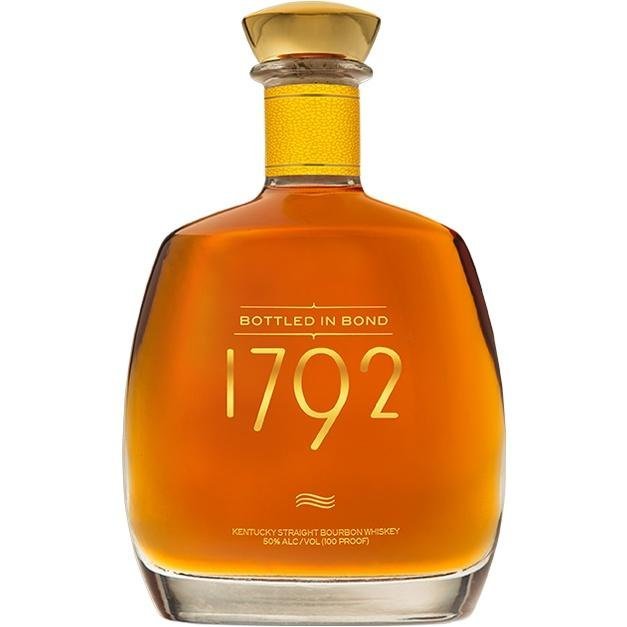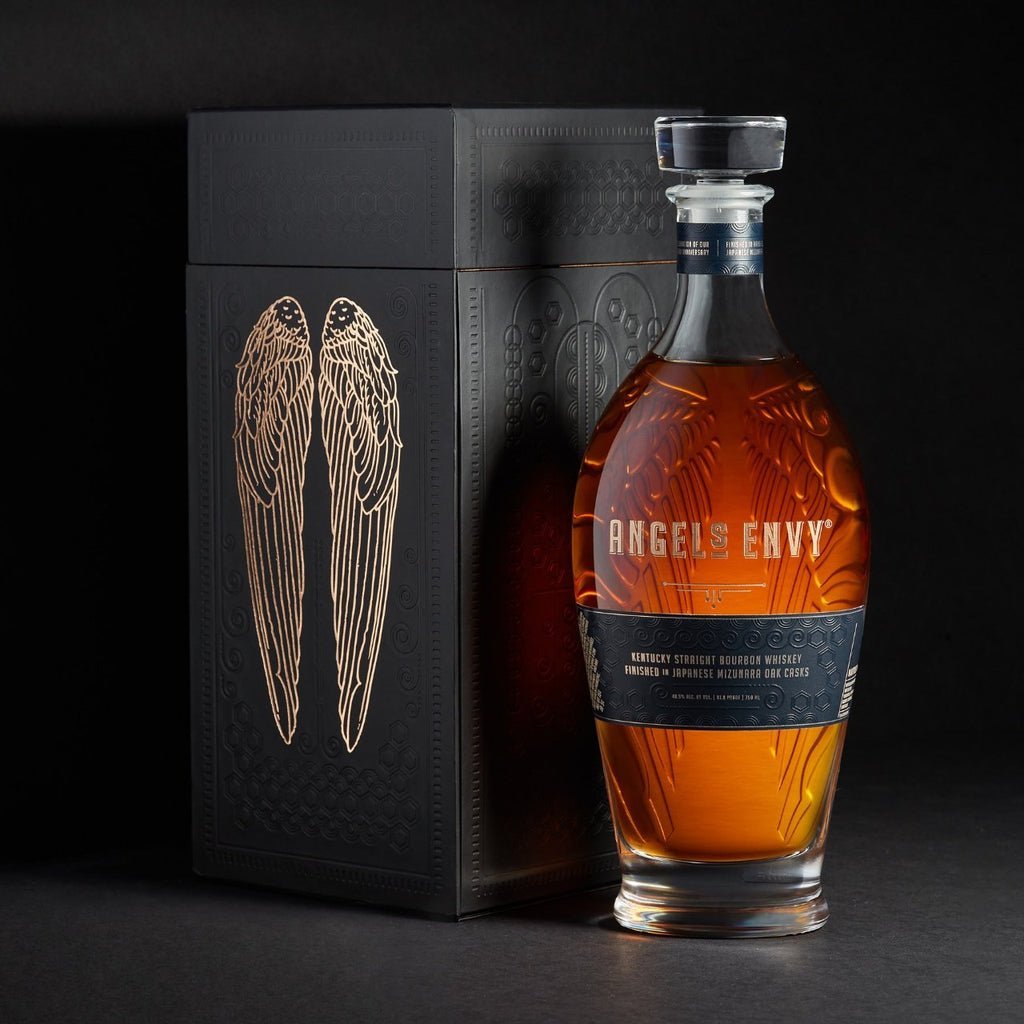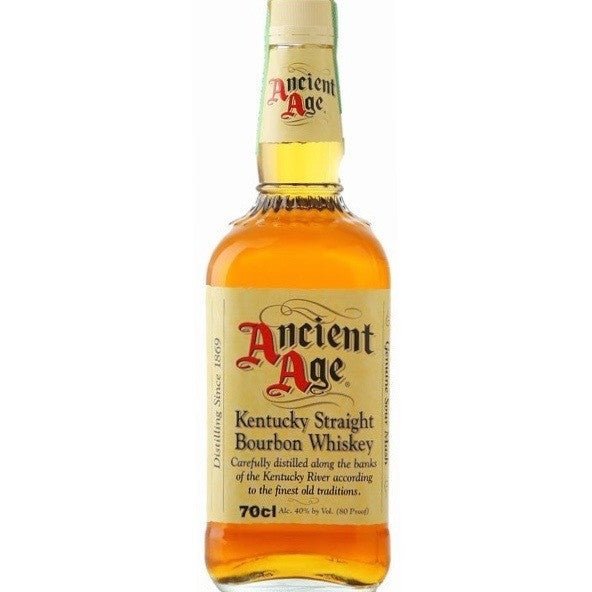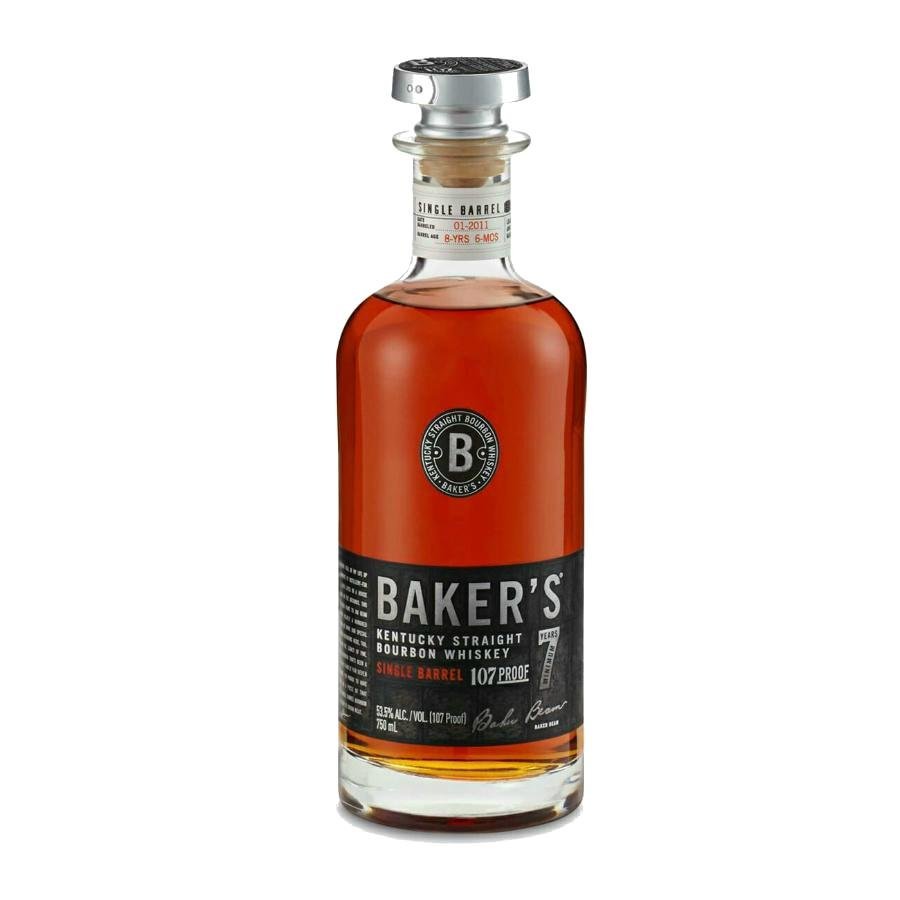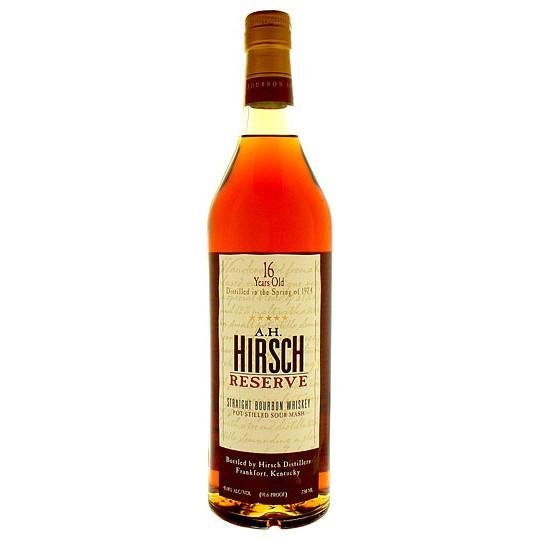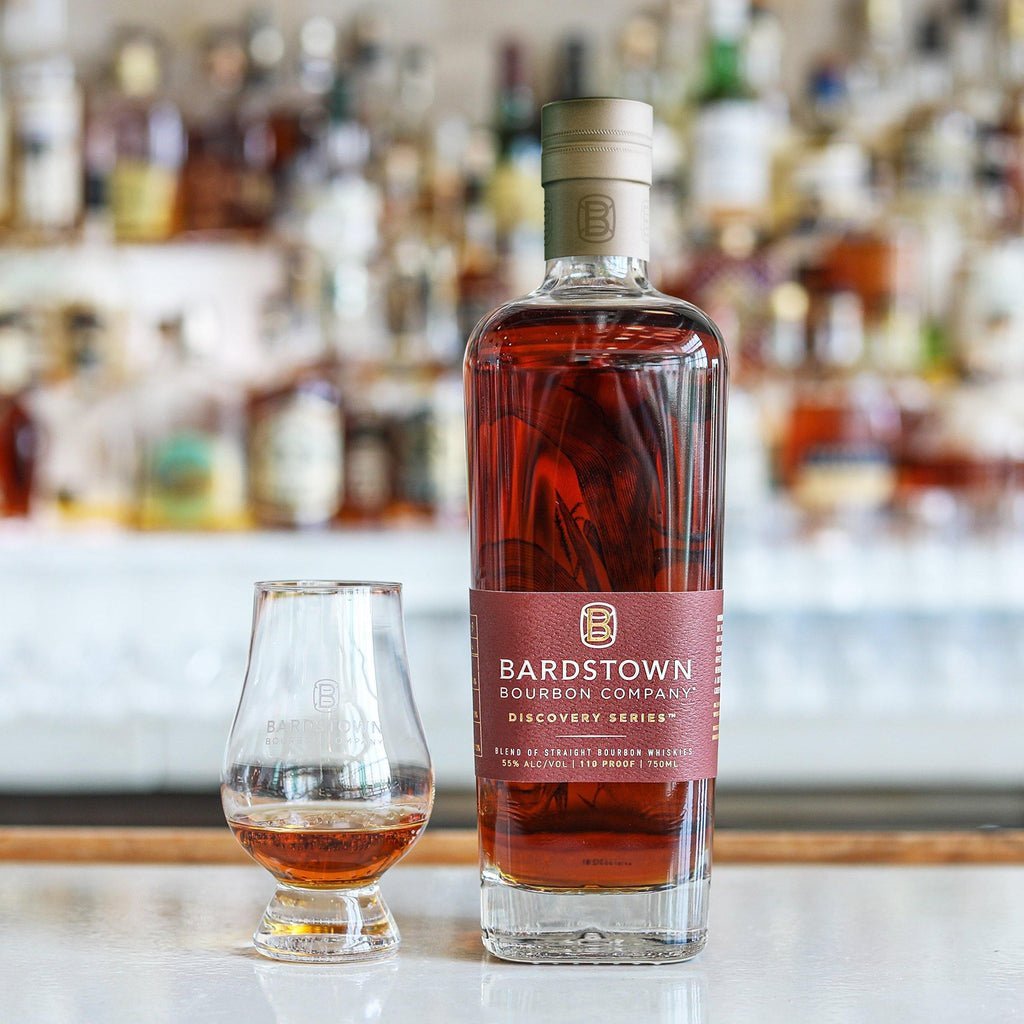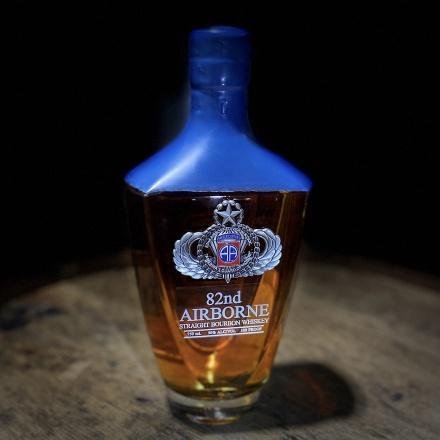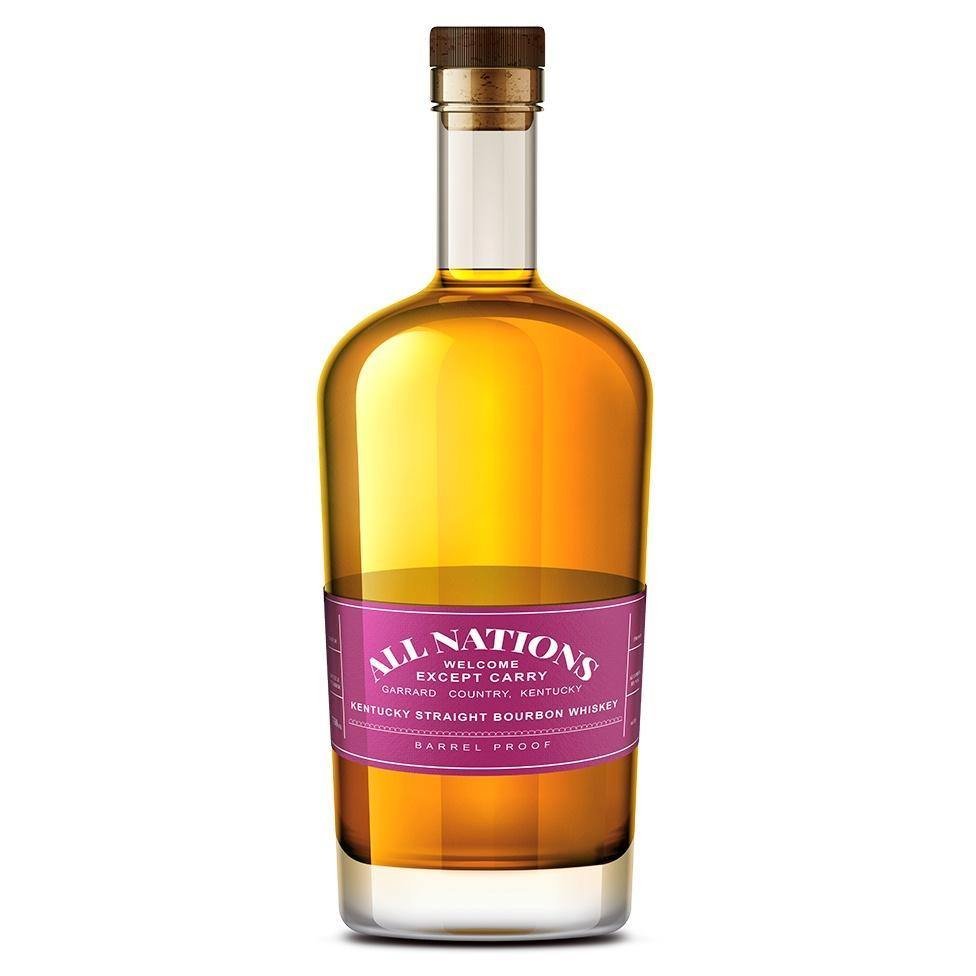Buffalo trace last drop
Buffalo Trace is a renowned distillery in Kentucky known for producing a wide range of bourbons, including their flagship Buffalo Trace Bourbon, as well as other popular brands like Blanton’s, Eagle Rare, and Pappy Van Winkle.
However, the term “Last Drop” is often used to refer to limited edition or rare releases from various distilleries. These releases are typically highly sought after and can be quite expensive due to their scarcity and exceptional quality. It’s possible that you may be referring to a specific limited edition or rare bottling from Buffalo Trace, but without further information, it’s difficult to provide specific details.
If there is a specific bourbon or limited edition release from Buffalo Trace last drop that you would like more information about, please provide more details, and I’ll do my best to assist you.
Nearly extinct rare spirits are the focus of Buffalo Trace last drop of Bourbon Whiskey. And when it comes to rare bourbon, they’ve found another gem from the legendary Buffalo Trace Distillery.
TLD’s 2nd bourbon release was distilled in 1980 at what was then named the George T. Stagg Distillery, now known as Buffalo trace last drop.
The barrels were discovered in 1998 after an inventory, and then two years later the aging process was halted as the bourbon was transferred to stainless steel vats.
And while the aging stopped, the maturing of the taste profile did not, making for one of the most impressive bourbons to ever be bottled. The 40-year-old spirit is 90 proof and only 240 bottles are being released.
Get to know more about Buffalo Trace
Certainly! Here’s an overview of Buffalo trace last drop Distillery and its origins:
Buffalo Trace Distillery, located in Frankfort, Kentucky, is one of the most renowned and historic distilleries in the United States. Its rich history, exceptional bourbons, and commitment to tradition have made it a beloved name among whiskey enthusiasts.
The origins of Buffalo trace last drop Distillery can be traced back to the late 18th century when a settlement named Lee’s Town was established on the banks of the Kentucky River. It was here that the pioneering spirit of distillation began. In 1787, the distillery, originally known as Old Fire Copper (later renamed George T. Stagg Distillery), was officially established on the site.
During the early years, the distillery changed hands several times. In 1857, it was purchased by Edmund H. Taylor Jr., a prominent figure in the bourbon industry. Taylor transformed the distillery, implementing modern techniques and infrastructure. Under his ownership, the distillery was renamed O.F.C. (Old Fire Copper) and continued to thrive.
Prohibition, which lasted from 1920 to 1933, was a challenging period for the distillery and the entire American whiskey industry. Like many other distilleries, Buffalo trace last drop was forced to halt bourbon production and instead shifted its focus to producing medicinal whiskey, which was legal during that time.
After the repeal of Prohibition, the distillery faced further setbacks due to economic depression and World War II. However, it persevered and in 1953 was acquired by the Schenley Distilling Company. Over the next few decades, the distillery changed ownership multiple times.
In 1992, the distillery was renamed Buffalo trace last drope Distillery, paying homage to the historic buffalo crossing that traversed the Kentucky River near the site. The name change reflected a renewed commitment to preserving the distillery’s rich heritage.
Under its current ownership, Buffalo trace last drop has flourished and gained recognition for its exceptional bourbons. It has garnered numerous awards and accolades, solidifying its reputation as a top-tier distillery. Buffalo Trace has also become known for its commitment to preserving historic buildings, including its iconic brick warehouses, some of which date back to the 1800s.
One of the key factors contributing to Buffalo Trace’s success is its dedication to traditional bourbon-making methods. The distillery takes pride in its mash bill, which consists of corn, rye, and malted barley, and its use of charred oak barrels for aging. These practices result in the characteristic flavors and complexity found in its bourbons.
Buffalo Trace produces a diverse range of bourbons, each with its own unique characteristics. Buffalo Trace Bourbon, the flagship expression, is renowned for its balanced flavors of caramel, vanilla, and a hint of spice. Other notable brands from the distillery include Blanton’s, Eagle Rare, and W.L. Weller, among others.
In recent years, Buffalo trace last drop has gained a cult following for its limited edition releases and experimental bottlings. These highly sought-after bourbons, often released in small batches, showcase the distillery’s creativity and innovation.
Some examples include the Buffalo Trace Antique Collection and the Experimental Collection, which feature unique aging techniques and experimental mash bills.
Buffalo Trace Distillery has become a destination for whiskey enthusiasts, offering tours and tastings that provide an in-depth look into its history and production process. Visitors can explore the picturesque grounds, visit the aging warehouses, and learn about the art of bourbon-making.
In conclusion, Buffalo Trace Distillery has a long and storied history that spans over two centuries. From its humble beginnings in Lee’s Town to its current status as a premier bourbon producer, it has remained committed to crafting exceptional bourbons while preserving its rich heritage.
With its dedication to tradition, innovation, and quality, Buffalo trace last drop continues to be a beloved name in the world of bourbon.






